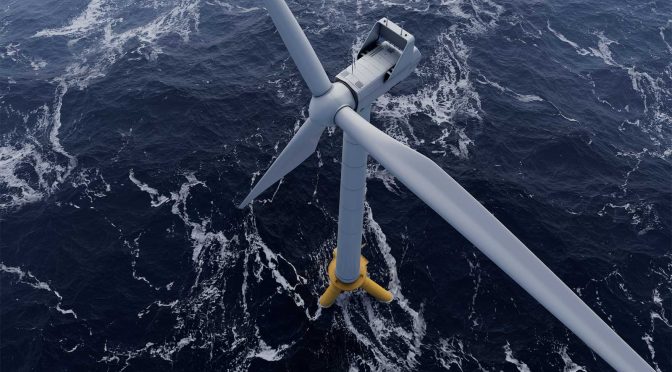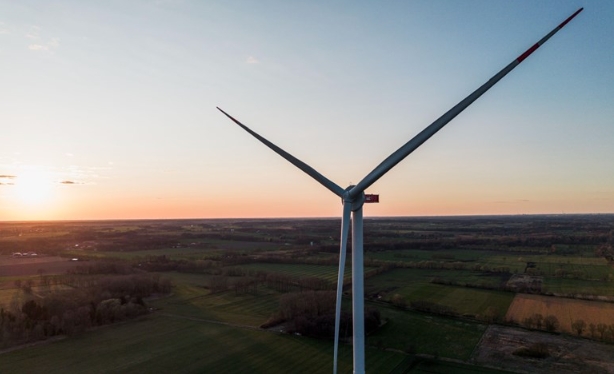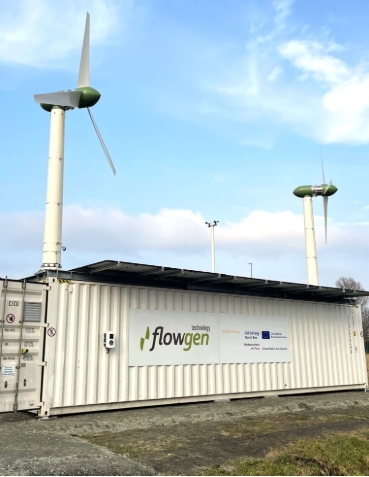
The United Kingdom is currently undergoing a revolution in the energy market, as it rapidly expands its offshore wind capacity. This shift towards renewable energy sources is not only helping the UK to meet its ambitious climate targets but is also transforming the country’s energy landscape and positioning it as a global leader in clean energy.
The UK’s offshore wind revolution has been gaining momentum in recent years, with the government setting ambitious targets for the sector. In 2020, Prime Minister Boris Johnson announced plans to quadruple the country’s offshore wind capacity to 40 gigawatts (GW) by 2030, enough to power every home in the UK. This bold commitment is a significant step towards achieving the UK’s target of net-zero greenhouse gas emissions by 2050 and demonstrates the government’s dedication to tackling climate change.
The rapid expansion of the UK’s offshore wind capacity has been driven by several factors, including technological advancements, falling costs, and supportive government policies. The development of larger and more efficient wind turbines has enabled the industry to harness the full potential of the UK’s vast offshore wind resources. At the same time, the cost of producing electricity from offshore wind has plummeted, making it an increasingly attractive option for investors and energy companies.
One of the key drivers behind the UK’s offshore wind revolution has been the government’s commitment to providing financial support for the sector. The Contracts for Difference (CfD) scheme, introduced in 2014, has played a crucial role in attracting investment and driving down costs. Under the CfD scheme, renewable energy projects are awarded long-term contracts at a fixed price for the electricity they generate, providing developers with a stable revenue stream and reducing the risks associated with investing in new technologies.
The UK’s offshore wind sector has also benefited from strong collaboration between industry, government, and academia. The Offshore Renewable Energy (ORE) Catapult, established in 2013, has played a pivotal role in fostering innovation and driving technological advancements in the sector. The ORE Catapult brings together researchers, engineers, and businesses to develop new technologies and solutions to overcome the challenges facing the offshore wind industry, helping to accelerate its growth and maintain the UK’s position at the forefront of the sector.
The growth of the UK’s offshore wind industry has had a significant impact on the country’s energy market, driving a shift away from fossil fuels and towards cleaner sources of power. In 2020, renewable energy sources, including offshore wind, provided more than 40% of the UK’s electricity, overtaking fossil fuels for the first time. This trend is set to continue as the UK’s offshore wind capacity expands, with the potential to transform the country’s energy mix and significantly reduce its reliance on imported gas and coal.
The expansion of the UK’s offshore wind sector is also creating new opportunities for businesses and communities across the country. The industry is expected to generate tens of thousands of jobs over the next decade, providing a much-needed boost to the UK’s economy as it recovers from the impact of the COVID-19 pandemic. Furthermore, the growth of the offshore wind sector is helping to revitalise coastal communities, with new investment in infrastructure and skills development supporting the creation of sustainable, long-term employment opportunities.
In conclusion, the UK’s offshore wind revolution is a game changer for the country’s energy market, driving a shift towards cleaner sources of power and positioning the UK as a global leader in renewable energy. The rapid expansion of the sector, supported by technological advancements, falling costs, and government policies, is transforming the UK’s energy landscape and playing a crucial role in the country’s efforts to tackle climate change and achieve net-zero emissions by 2050.







